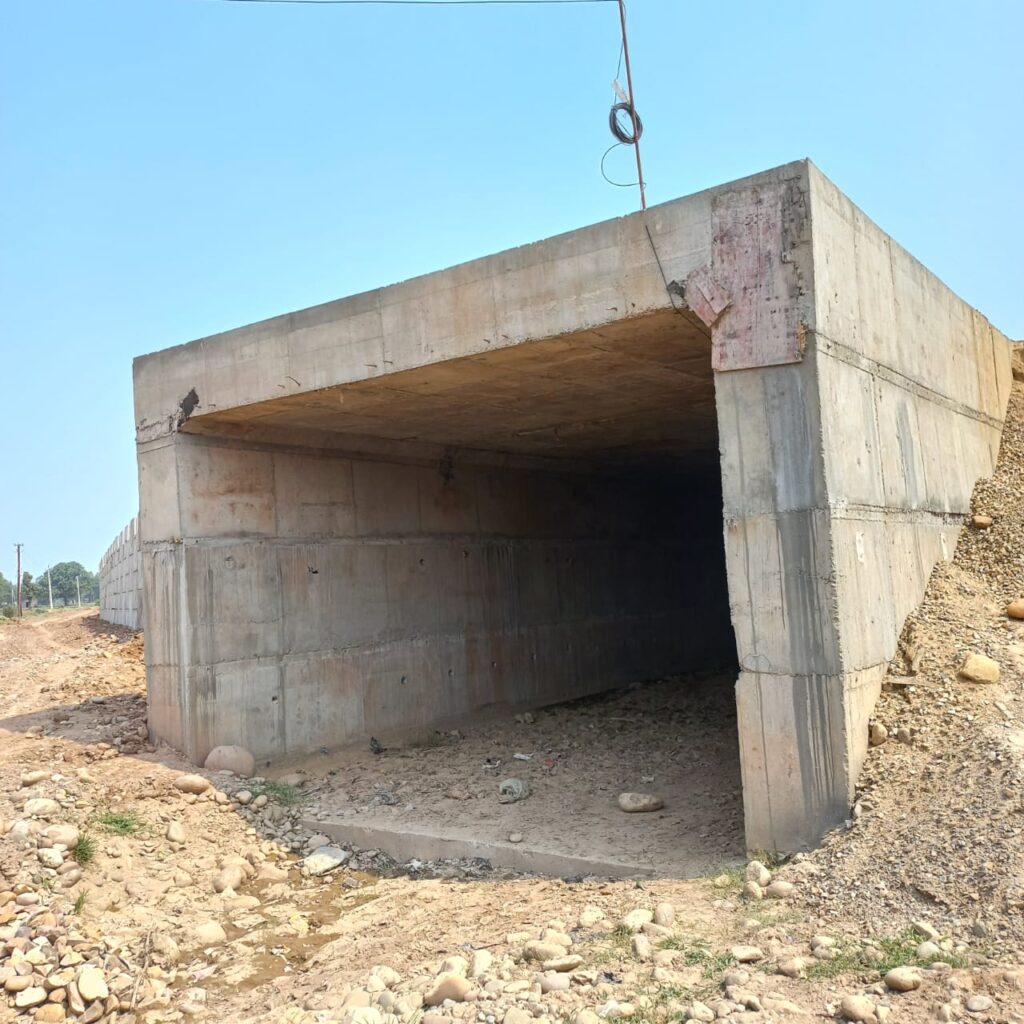to calculate the quantity of concrete in the RCC structure we calculate the volume of RCC structure we use the given formula which is volume = length x breadth x thickness. for example we have a RCC structure of length 10m breadth 8 m and thickness 0.600 then the total volume of RCC structure is 10 x 8 x 0.600 = 48 mq. that means the total volume of RCC structure is 48 mq.
Why do we calculate quantity of concrete in RCC structure?
We calculate the quantity of concrete required for an RCC (Reinforced Cement Concrete) structure before the actual concreting process. This is because, by knowing the amount of green concrete needed, we can order the precise quantity from the batching plant. The batching plant then prepares the exact amount of RCC concrete required for the structure, ensuring there is no wastage.
This careful planning not only prevents excess concrete from going unused but also helps in reducing the environmental impact. By minimizing waste, we reduce the emission of carbon dioxide and other harmful gases produced during the preparation of green concrete. This approach contributes to more sustainable and eco-friendly construction practices.

what is RCC structure ?
An RCC (Reinforced Cement Concrete) structure is one where reinforced cement concrete is used to enhance the structure’s strength and durability. This construction method involves embedding steel bars, known as reinforcement, within the concrete. The combination of concrete’s high compressive strength and steel’s high tensile strength allows RCC structures to withstand heavy loads and various stresses, making them ideal for buildings, bridges, and other infrastructure projects. The use of reinforced cement concrete ensures a more robust and long-lasting structure, capable of handling dynamic forces and environmental factors.
benefits of RCC in structures
here are the benefits of RCC (Reinforced Cement Concrete) in structures, listed in points:
- High Strength: Combines the compressive strength of concrete with the tensile strength of steel.
- Durability: Long-lasting and resistant to wear and tear.
- Load-Bearing Capacity: Capable of withstanding heavy loads and various stresses.
- Fire Resistance: Offers good protection against fire.
- Weather Resistance: Withstands harsh weather conditions without deteriorating.
- Design Flexibility: Allows for complex architectural shapes and forms.
- Low Maintenance: Requires minimal maintenance over time, reducing costs.
- Sustainability: Reduces material wastage and promotes eco-friendly construction practices.
- Safety: Provides a safe and reliable structural framework.
- Economic Efficiency: Cost-effective in the long term due to its durability and low maintenance needs.
conclusion
In conclusion, the use of RCC (Reinforced Cement Concrete) in construction offers numerous benefits, making it an ideal choice for modern infrastructure projects. Its high strength, durability, and resistance to fire and weather ensure that RCC structures can withstand various stresses and environmental conditions. The flexibility in design and low maintenance requirements further enhance its appeal. Moreover, the use of RCC contributes to sustainable construction practices by minimizing material wastage and reducing environmental impact. By leveraging the advantages of RCC, we can build safer, more efficient, and longer-lasting structures that meet the demands of contemporary society.
How do you calculate RCC for concrete?
To calculate RCC for concrete, determine the volume by multiplying the length, breadth, and thickness of the structure. Then, calculate the quantity of materials (cement, sand, aggregate, and water) based on the concrete mix design.
How to calculate quantity for concrete?
Calculate the quantity of concrete by finding the volume using the formula: Volume = Length × Breadth × Thickness. This gives you the total volume in cubic meters (m³), which is the quantity of concrete needed.
How do you calculate m³ of concrete?
To calculate cubic meters (m³) of concrete, use the formula: Volume = Length × Breadth × Thickness. Ensure that all measurements are in meters to get the volume directly in cubic meters.
How to calculate concrete mix?
To calculate the concrete mix, use the mix ratio (e.g., 1:2:4 for cement:sand). Determine the total volume of concrete required and proportion the materials accordingly, ensuring you have the correct mix for the desired strength and workability.








